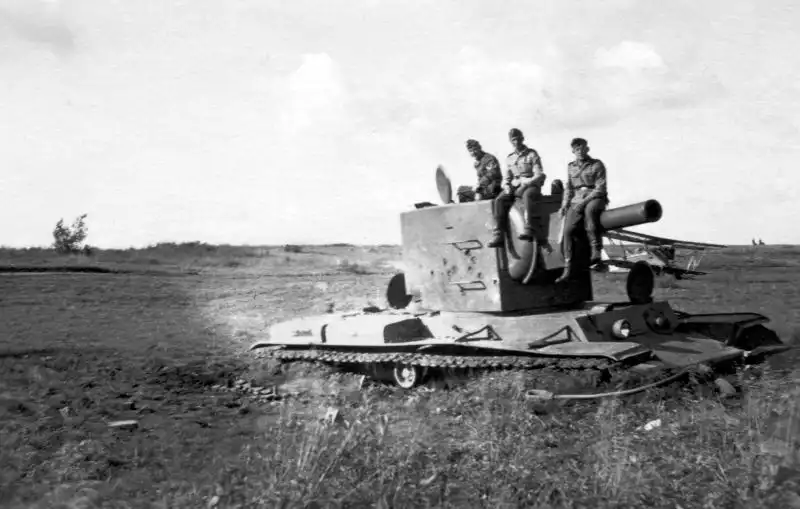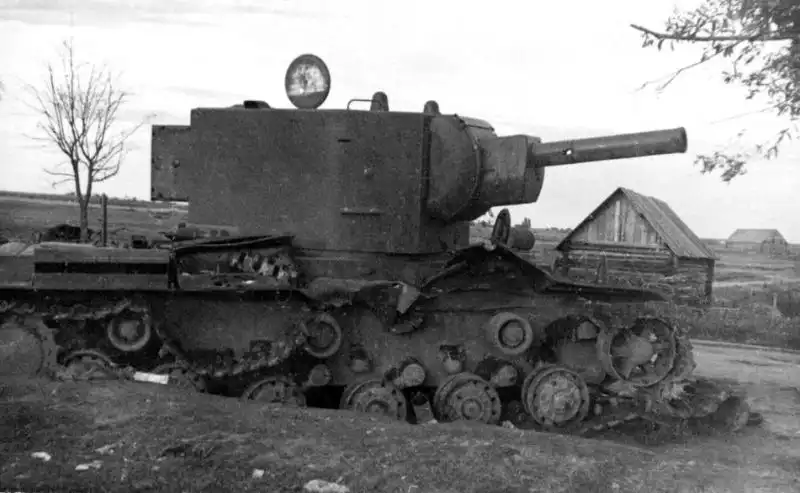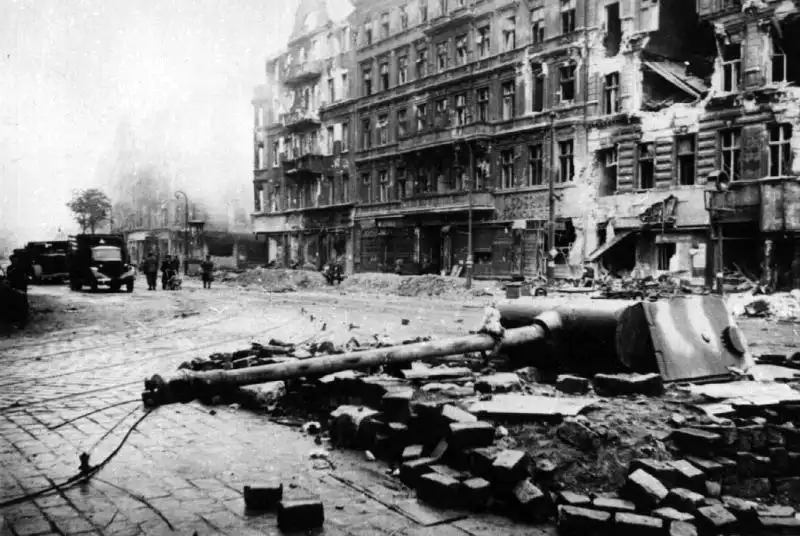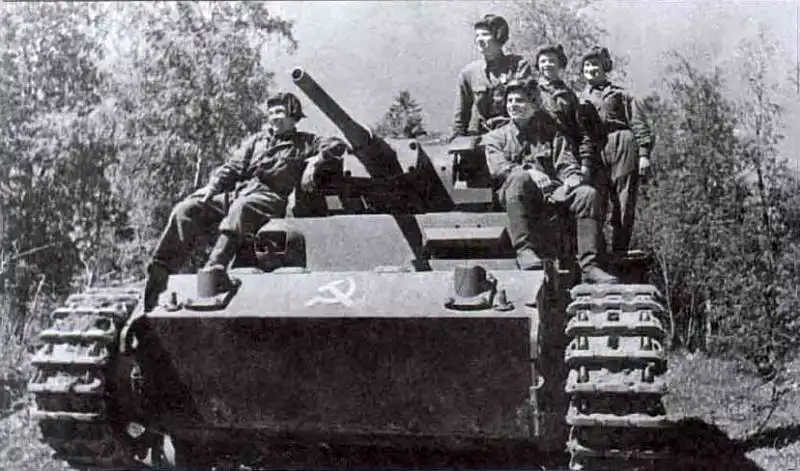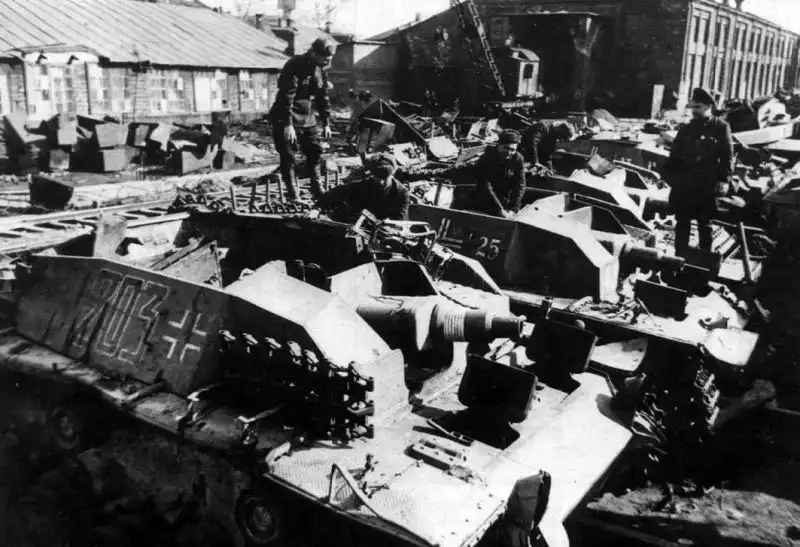Final Winter of the I-16: Soviet Fighter Pilots on the Kalinin Front, 1943
June 18, 2025 - Reading time: 4 minutes
Commander I.A. Ivanenkov (right) of the 728th IAP hears a mission report from I-16 pilot Denisov during winter operations on the Kalinin Front.

Kalinin Front, January 1943.
The wind bites. The snow muffles. But the airfield of the 728th Fighter Aviation Regiment is far from silent. Commander Ivan Ivanovich Ivanenkov (right) listens intently as one of his men, fighter pilot Denisov, reports back after a combat sortie aboard a Polikarpov I-16.
The squat, barrel-shaped I-16, nicknamed “Ishak” or “Donkey,” was once the pride of Soviet aviation — the world’s first low-wing monoplane fighter with retractable landing gear. But by 1943, it was becoming a relic, outclassed by faster, better-armed German aircraft. And yet, in skilled hands and flown with guts, it was still a deadly opponent.
These pilots weren’t flying museum pieces — they were flying weapons, and they made every flight count. Over the frozen forests and fields of the Kalinin region, they provided cover for infantry, chased down reconnaissance aircraft, and harassed retreating Wehrmacht forces during the Soviet counteroffensives of early 1943.
Just two months after this photo was taken, on March 9, 1943, the last I-16s were withdrawn from the 728th regiment and replaced with Yak-7B fighters — a leap forward in speed, firepower, and survivability.
This image captures a turning point: the final winter of the I-16, and the men who gave the old warhorse a proud and valiant sendoff.
📷 Technical photo data:
📸 Photographer: Unknown Soviet military photographer
📅 Date: January 1943
📍 Location: Kalinin Front, USSR
-
"Soviet I-16 fighter WWII photos"
-
"Kalinin Front Soviet pilots 1943"
-
"final use of I-16 aircraft WWII"
Tags
Category
Search
Categories
- Unidentified WWII Photos (12)
- World War II Photos 1937 (1)
- World War II Photos 1938 (1)
- World War II Photos 1939 (3)
- World War II Photos 1940 (5)
- World War II Photos 1941 (93)
- World War II Photos 1942 (53)
- World War II Photos 1943 (47)
- World War II Photos 1944 (76)
- World War II Photos 1945 (40)
- WWII and Postwar Photos 1946 (1)
